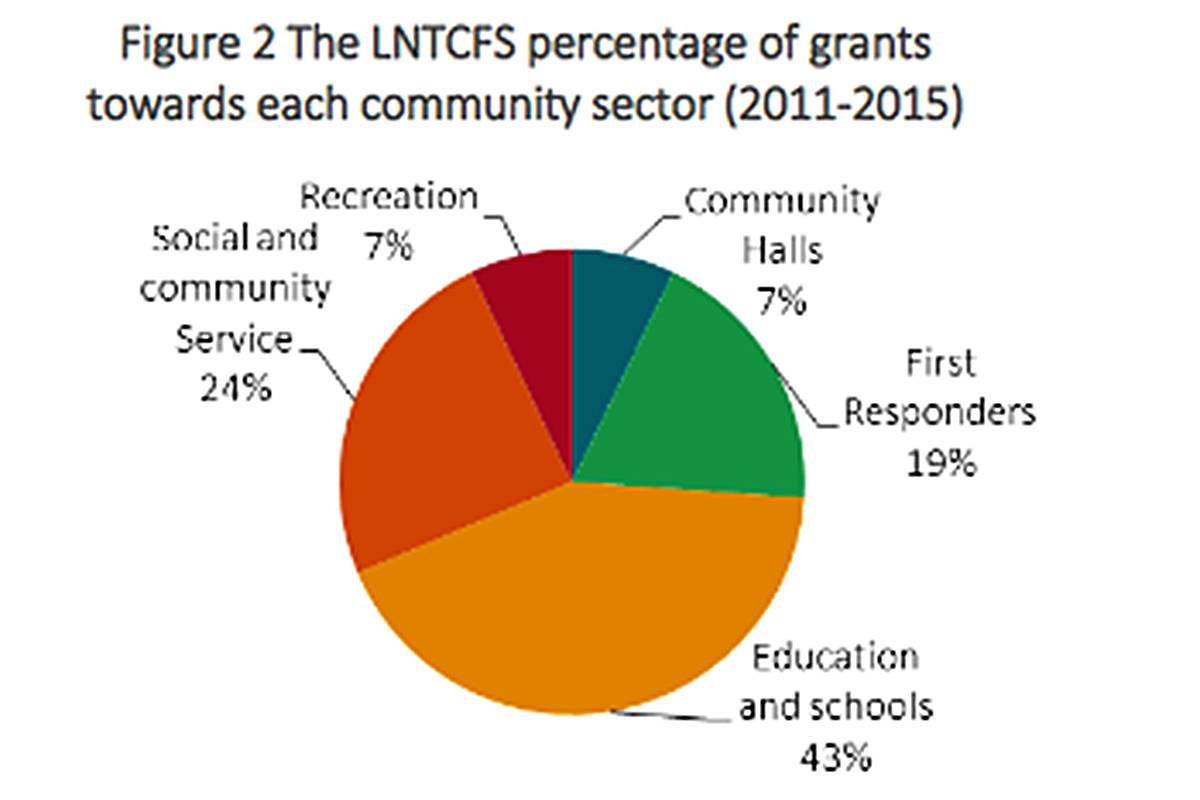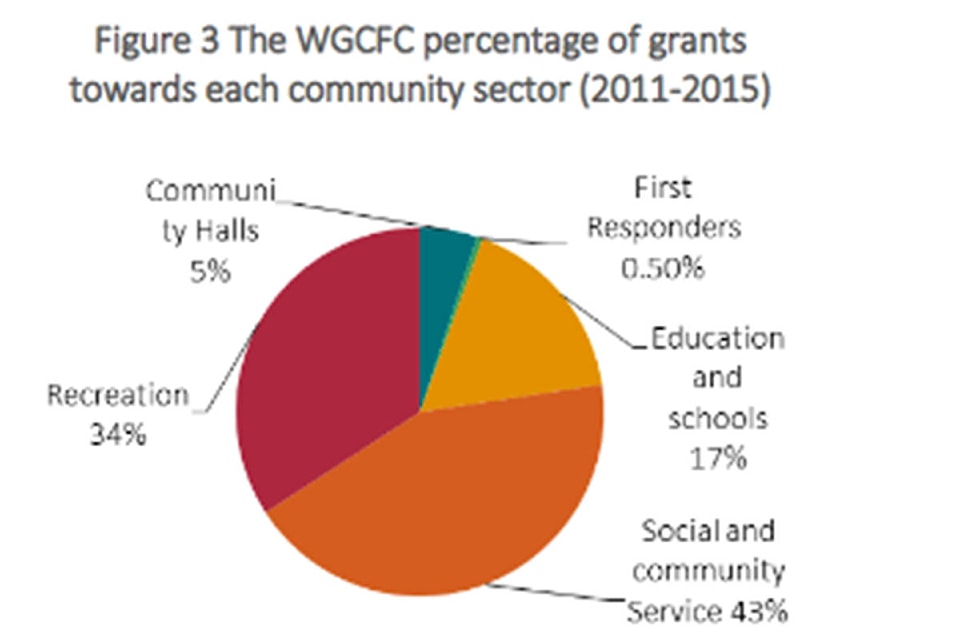A study of community forests was conducted by Anne Rooban of the Natural Resources Institute, University of Manitoba. The study documented and explored the benefits of community forests using the Lower North Thompson Community Forest and the Wells Gray Community Forest as case studies for her research.
Rooban visited both Barriere and Clearwater in late 2015 and the spring of 2016 to conduct a series of interviews as part of this research; her full thesis and summary document, ‘Growing socioeconomic sustainability through Community-Based Forest Management in British Columbia’ can be found online at: https://lntcfs.files.wordpress.com/2017/10/community-forestry-research-summary-2017-final.pdf
A representative of the Lower North Thompson Community Forest Society commented, “I have read this research document, it’s well written, and does an excellent job of exploring the benefits of our organization and community forestry in B.C. “
In the summary of her publication Rooban comments, “In the fall of 2015 and spring of 2016 I visited two Community Forests (CFs) in B.C.. the Lower North Thompson Community Forest Society (LNTCFS) in Barriere, and the Wells Gray Community Forest Corporation (WGCFC) in Clearwater. I was interested in learning more about CFs while residing in Prince Edward Island and working for a local watershed group.”
Rooban goes on to say, “This experience helped me to realize the value of community-based management, and how this approach could potentially lead to better long-term outcomes for the environment and communities. Through a literature review on CFs in Canada, I decided to focus on the socioeconomic benefits that can be realized when communities are given more authority over governance and management of forests.”
The objectives of her research were:
• To explore how financial benefits from CF operations and revenues are shared and distributed locally;
• To examine whether social enterprise may inform the extent of benefits created for long-term support of local economies and way of life;
• To explore how CFs measure their progress (to ensure future success);
• To identify policy recommendations for CFs and the Province of B.C.
Rooban notes that the process used for the research was a case study approach,with the LNTCFS and the WGCFC as the two cases.
“These were chosen through data collected on economic benefits from CFs in B.C., and a list of criteria which included operation of a Community Forest Agreement (CFA) tenure for at least four years, Annual Allowable Cut (AAC) over 10,000 cubic metres, active pursuit of local community benefits such as local job creation, educational opportunities and recreation, reporting on operational expenditures and revenues through newsletters and annual reports, and a clear process for distribution of revenues for community benefit,” said Rooban, “A total of 39 interviews were conducted with forest managers, board members, forest users, local government, contractors, and grant recipients to understand the benefits created from each case CF.”
Rooban’s summary shows three major linkages between Community Forestry and Social Enterprise emerged from the data collected, which contributed to a broader understanding of the benefits provided through CF:
1. Financial self-sufficiency and creation of local socioeconomic benefits.
2. Wider participation in governance and socioeconomic benefits
3.Innovative organizational structures and practices leading to new strategies and outcomes
The summary addressed a number of areas that these two CFs support the communities that they represent. Part of this support comes in the form of grants to community groups such as those that support community halls.
It is noted that community halls play a very important role in the life and well - being of small communities, and host a wide variety of events and activities. Grants towards community halls were used for key upgrades to the facilities, were important to ensure ongoing functionality and provided opportunities for social interaction and community cohesion.
Also it was noted that local first responders and fire departments are volunteer run, so funds from the CF grants provide training and equipment critical for fire protection and safety.
Schools and educational programs are also supported by CF grants that provide school supplies and equipment for classes and extracurricular activities, bursaries for post-secondary education, and opportunities for summer students to gain work experience. Many participants felt that these sorts of grants increase the quality of education that students receive in rural areas, giving them access to opportunities equivalent to those found in major centers.
Social and community service groups, such as food banks, healthcare and hospice groups, and non-profit senior’s homes have received grants from CFs that allow them to fulfill their mandates.
“It was evident that grants that support community groups build community capacity, foster opportunities and support vulnerable people in both communities,” commented Roodan.
Recreation is supported through CF grants towards recreation groups and societies, supporting active living and increased quality of life for local residents. Some examples included hiking and skiing trails, sports uniforms and equipment for schools, support for minor hockey, and curling programs for youth.
“Many participants mentioned that grants for recreation groups increase accessibility to recreation for community members by keeping costs lower,” noted the researcher.
The research document mentions that both CFs aim to provide at least 85 per cent of all contracted work to local contractors through direct and indirect bids, according to written policies. However, one challenge highlighted by participants was that sometimes contractors from outside the locally-defined area had to be brought in for certain jobs where local capacity to adequately complete projects was insufficient, or local expertise was not available, such as silviculture. Additionally, the number of local contractors has been decreasing, reflecting a general trend happening in industry of smaller contractors either closing down or scaling up to become larger companies and corporations over time to meet demand. Finally, the small land base of both CFs is not large enough to sustain local contractors year-round, but has been effective in maintaining business for local contractors during times of low log prices.
In regards to land practices, both CFs invest in forest mapping, land practices and silviculture beyond CFA tenure requirements, ensuring that this land base is healthy and able to provide revenues which generate socioeconomic benefits.
However, it was found that these practices took up a significant percentage of overall operational costs, affecting profitability and causing greater vulnerability to market price fluctuations. These costs, in part, may reflect the fact that the CFA tenure is an area-based tenure, giving a high incentive to invest into a local land base to increase productivity and forest health and also ensure the future of the CF. However, operating on a small scale basis under CFA tenure regulations, which requires the same outcomes as industrial forestry operations for meeting AAC and silviculture obligations, makes it very difficult to compete in markets for log sales without specializing. Additionally, CFs must also manage for community specific objectives and values while operating in ecologically sensitive areas, all while promoting community participation and generating social and economic benefits.
Other research has confirmed that these challenges are shared among other CFs in the province, and that charging a lower stumpage rate does not fully mitigate the cost of additional silviculture investment and meeting CFA objectives while also sustaining profitability. The research data confirms the challenges of remaining profitable through small-scale production within a provincial tenure system that includes large forestry operations.
Roodan writes, “Based on the research findings of this study, it seems that operating within the provincial tenure system on a small land base have caused both CFs to shift focus towards achieving socioeconomic benefits through revenue generation and land base management rather than through hiring local people to do forestry work or diversification. Supporting evidence for this view is the lack of diversification beyond timber harvesting, which is a concern already identified among CFs within the provincial tenure system.
“Participants from both CFs recognized this shortcoming and the need for diversification to ensure long-term sustainability. Achieving this may involve lobbying government for more policy support regarding Non-Timber Forest Products, or finding investors for small business development for processing facilities or log sorting yards. Wider economic development should also continue to be fostered and pursued by both CFs, as it has large potential to increase the sustainability for the area.
“To better assess CF progress, capacity building support from the province is required so that communities can develop more effective metrics that fully account for wide scope of benefits generated from CF (such as participation and innovation). For example, the LNTCFS initiatives such as the Job Creation Partnership and the Forest Stewardship Fund provide wider benefits beyond revenues. Finding ways to account for and measure some of these investments and their outcomes will help in efforts to get continued policy support from the province, and maintain support from community members.”
The research also highlighted the importance of the reduced stumpage rate set by the province for CFs to help ensure their profitability.
The document notes,”CFs enhance forest productivity and maintain forest health through engaging in forest practices which go above and beyond CFA tenure requirements. CFs also provide socioeconomic benefits well beyond economic profitability.
“The value of these benefits should compensate for, or even exceed, income forgone from stumpage. The province should continue to support and maintain lower stumpage rates within the CFA tenure.
“Finally, despite logistical challenges, both CFs have been successful in growing their operations and distributing revenues as grants to local community organizations within the last five years. They have matured from groups primarily concerned about creating local employment to decision-makers and stewards of the local land base and future of their communities.”
The full research summary document can be found at: https://lntcfs.files.wordpress.com/2017/10/community-forestry-research-summary-2017-final.pdf
The Lower North Thompson Community Forest Society can be found at: https://lntcfs.org/
The Wells Gray Community Forest Corporation can be found at: wgcfc.ca/wp/
The research document was funded by: the Social Sciences and Humanities Research Council of Canada, the University of Manitoba and the Province of Manitoba.

